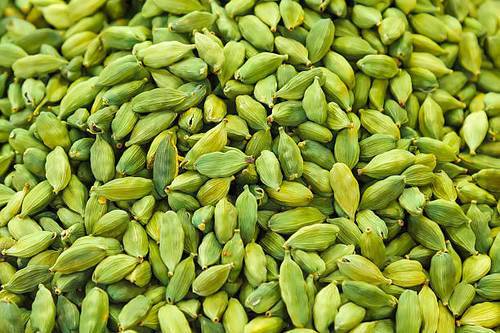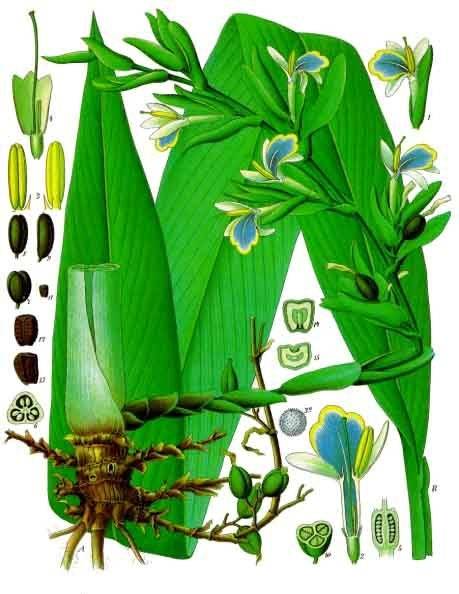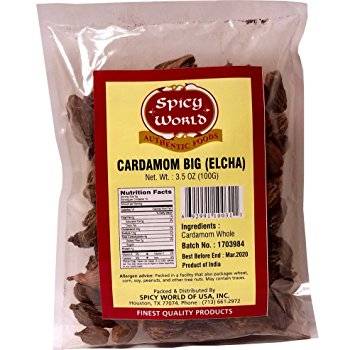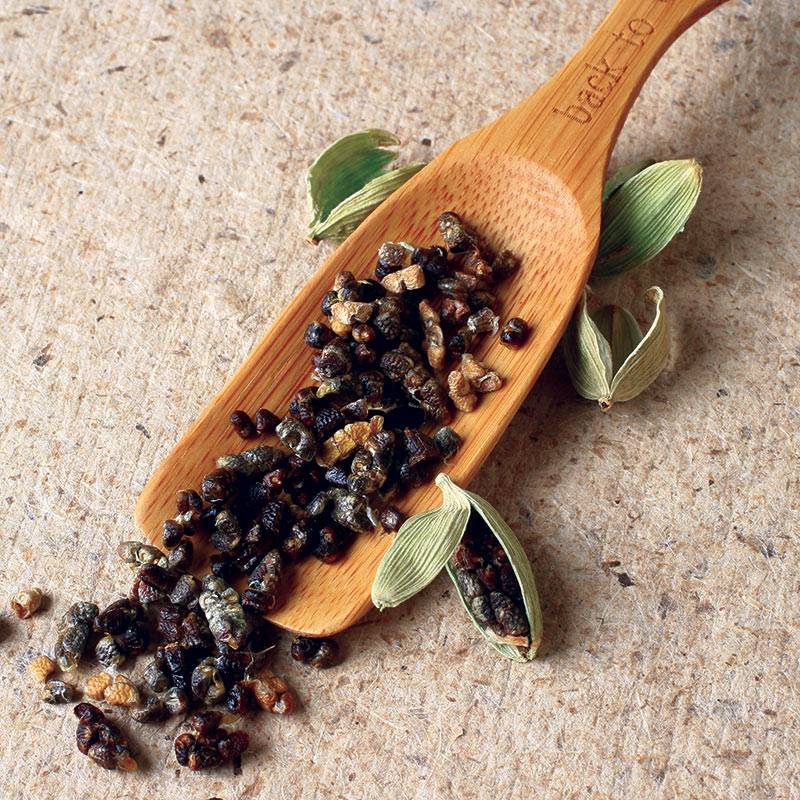
People in India are liking the tea with ilayaci. Cardamom are used as flavourings and cooking spices in both food and drink, the rates are also more than one thousand per kilogram. It is treated as spices. The commodity is having increase in 4 percent or so in the market.
Cardamon or Cardamum, is a spice made from the seeds of several plants in the genera Elettaria and Amomum in the family Zingiberaceae. Both genera are native to the Indian subcontinent and Indonesia. They are recognized by their small seed pods: triangular in cross-section and spindle-shaped, with a thin, papery outer shell and small, black seeds; Elettaria pods are light green and smaller, while Amomum pods are larger and dark brown.

The first references to trade in cardamom from Sri Lanka, where it is grown on a small scale in montane forests in the central mountain ranges, are from the 12th century CE. Nowadays, it is also cultivated in some other countries, such as Guatemala, Malaysia and Tanzania. The German coffee planter Oscar Majus Kloeffer introduced Indian cardamom (kerala) to cultivation in Guatemala before World War I; by 2000, that country had become the biggest producer and exporter of cardamom in the world, followed by India.
Cardamom prices surged 4 percent to hit an upper circuit at Rs 1,034.40 per kg in futures trade today as participants built up huge positions amid pick-up in demand.
Tight stocks position on fall in arrivals from growing regions also supported the upside.

At the Multi Commodity Exchange, cardamom for delivery in the current month was trading higher by Rs 39.70, or 4 percent, to hit an upper limit at Rs 1,034.40 per kg in a business turnover of 27 lots.
For August, the spice traded higher by Rs 39.10, or 4 percent, to Rs 1,017.80 per kg with trading volume of 57 lots.
Analysts said fresh positions created by traders due to pick up in demand in spot market lifted cardamom prices notably higher.
The two main types of cardamom are:
True or green cardamom (or when bleached, white cardamom) comes from the species Elettaria cardamom and is distributed from India to Malaysia. What is often referred to as white cardamom is actually Siam cardamom, Amomum krervanh.

Black cardamom, also known as brown, greater, large, longer, or Nepal cardamom, comes from species Amomum subulatum and is native to the eastern Himalayas and mostly cultivated in Eastern Nepal, Sikkim, and parts of Darjeeling district in West Bengal of India, and southern Bhutan.
The two types of cardamom, κάρδαμομον and ἄμωμον, were distinguished in the fourth century BCE by the Greek father of botany, Theophrastus. Theophrastus and informants knew that these varieties were originally and solely from India.










